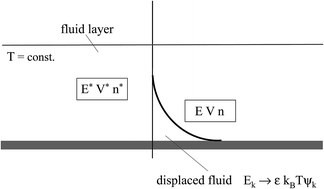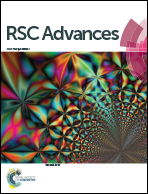Yield stress fluids and fundamental particle statistics
Abstract
Yield stress in complex fluids is described by resorting to fundamental statistical mechanics for clusters with different particle occupancy numbers. Probability distribution functions are determined for canonical ensembles of volumes displaced at the incipient motion in three representative states (single, double, and multiple occupancies). The statistical average points out an effective solid fraction by which the yield stress behavior is satisfactorily described in a number of aqueous (Si3N4, Ca3(PO4)2, ZrO2, and TiO2) and non-aqueous (Al2O3/decalin and MWCNT/PC) disperse systems. Interestingly, the only two model coefficients (maximum packing fraction and stiffness parameter) turn out to be correlated with the relevant suspension quantities. The latter relates linearly with (Young’s and bulk) mechanical moduli, whereas the former, once represented versus the Hamaker constant of two particles in a medium, returns a good linear extrapolation of the packing fraction for the simple cubic cell, here recovered within a relative error ≈ 1.3%.



 Please wait while we load your content...
Please wait while we load your content...